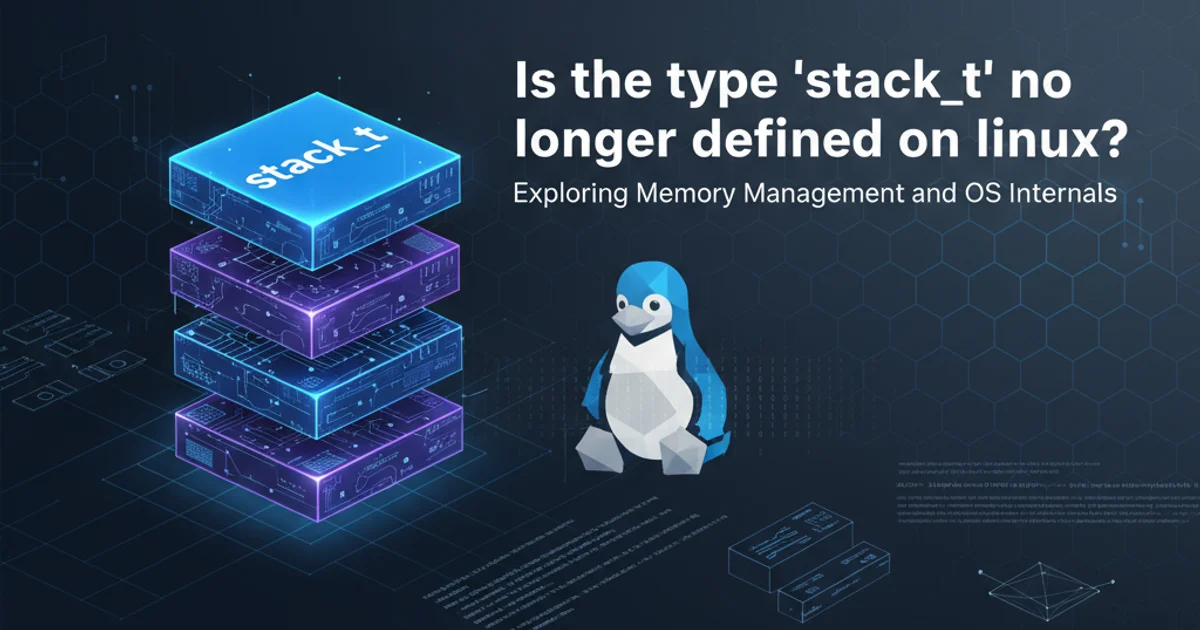Is HTML5 localStorage asynchronous?
Categories:
Is HTML5 localStorage Asynchronous or Synchronous?

Explore the nature of HTML5 localStorage operations, understanding whether they are synchronous or asynchronous and the implications for web application performance and user experience.
HTML5 localStorage provides a way for web applications to store data locally within the user's browser. It's a key-value store that persists data even after the browser window is closed. A common question among developers is whether operations like setItem(), getItem(), and removeItem() are synchronous or asynchronous. Understanding this distinction is crucial for building performant and responsive web applications.
The Synchronous Nature of localStorage
The short answer is: HTML5 localStorage operations are synchronous. This means that when you call a localStorage method, the JavaScript execution thread will block until the operation (reading or writing data to disk) is completed. Only after the operation finishes will the thread resume and execute the next line of code.
sequenceDiagram
participant Browser_Thread as Browser Main Thread
participant LocalStorage as localStorage API
Browser_Thread->>LocalStorage: localStorage.setItem('key', 'value')
Note over LocalStorage: Blocks until data is written to disk
LocalStorage-->>Browser_Thread: Operation Complete
Browser_Thread->>Browser_Thread: Continue JavaScript ExecutionSequence diagram illustrating the synchronous nature of localStorage.setItem().
While this synchronous behavior simplifies the API and makes it straightforward to use, it also introduces potential performance pitfalls, especially when dealing with large amounts of data or frequent operations. If a localStorage operation takes a noticeable amount of time, it can lead to a frozen UI, causing a poor user experience.
Implications for Performance and UI Responsiveness
Because localStorage operations block the main thread, heavy usage can lead to jank and unresponsiveness in your web application. Consider the following scenarios:
- Storing large objects: Serializing and then writing a very large JSON object to
localStoragecan take time. - Frequent writes: Repeatedly calling
setItem()in a loop or within an event handler can accumulate blocking time. - Reading many items: While
getItem()is generally fast, reading a large number of distinct keys sequentially can also contribute to blocking.
In such cases, the browser's UI might become unresponsive, preventing users from interacting with the page, scrolling, or clicking elements until the localStorage operation completes.
console.log('Before localStorage operation');
// This operation will block the main thread
localStorage.setItem('largeData', JSON.stringify({ /* a very large object */ }));
console.log('After localStorage operation');
// If the above operation takes time, this log will be delayed,
// and the UI might freeze during the blocking period.
Example of a potentially blocking localStorage operation.
localStorage. If you need to store complex or large datasets, consider using IndexedDB, which is an asynchronous API designed for more robust client-side storage.Alternatives for Asynchronous Storage
When synchronous operations are a bottleneck, or when you need more advanced storage capabilities, several asynchronous alternatives are available:
- IndexedDB: This is a low-level API for client-side storage of significant amounts of structured data, including files/blobs. It's asynchronous and uses a database-like model.
- Web SQL Database (Deprecated): While some browsers still support it, Web SQL is deprecated and should not be used for new development.
- Service Workers + Cache API: For caching network requests and assets, Service Workers with the Cache API offer powerful asynchronous control over network resources.
- Libraries/Frameworks: Many libraries abstract away the complexities of
IndexedDBor provide their own asynchronous storage solutions, often with a simpler API.
flowchart TD
A[Client-Side Storage Needs] --> B{Synchronous or Asynchronous?}
B -->|Synchronous| C[localStorage]
C --> D[Simple Key-Value, Small Data]
B -->|Asynchronous| E[IndexedDB]
E --> F[Structured Data, Large Data, Transactions]
E --> G[Web Workers (for heavy processing)]
A --> H[Cache API (for network resources)]Decision tree for choosing client-side storage options based on synchronicity and data needs.
While localStorage is convenient for simple, small-scale data persistence, it's crucial to be aware of its synchronous nature and the potential impact on user experience. For more demanding storage requirements, asynchronous APIs like IndexedDB are the recommended choice.